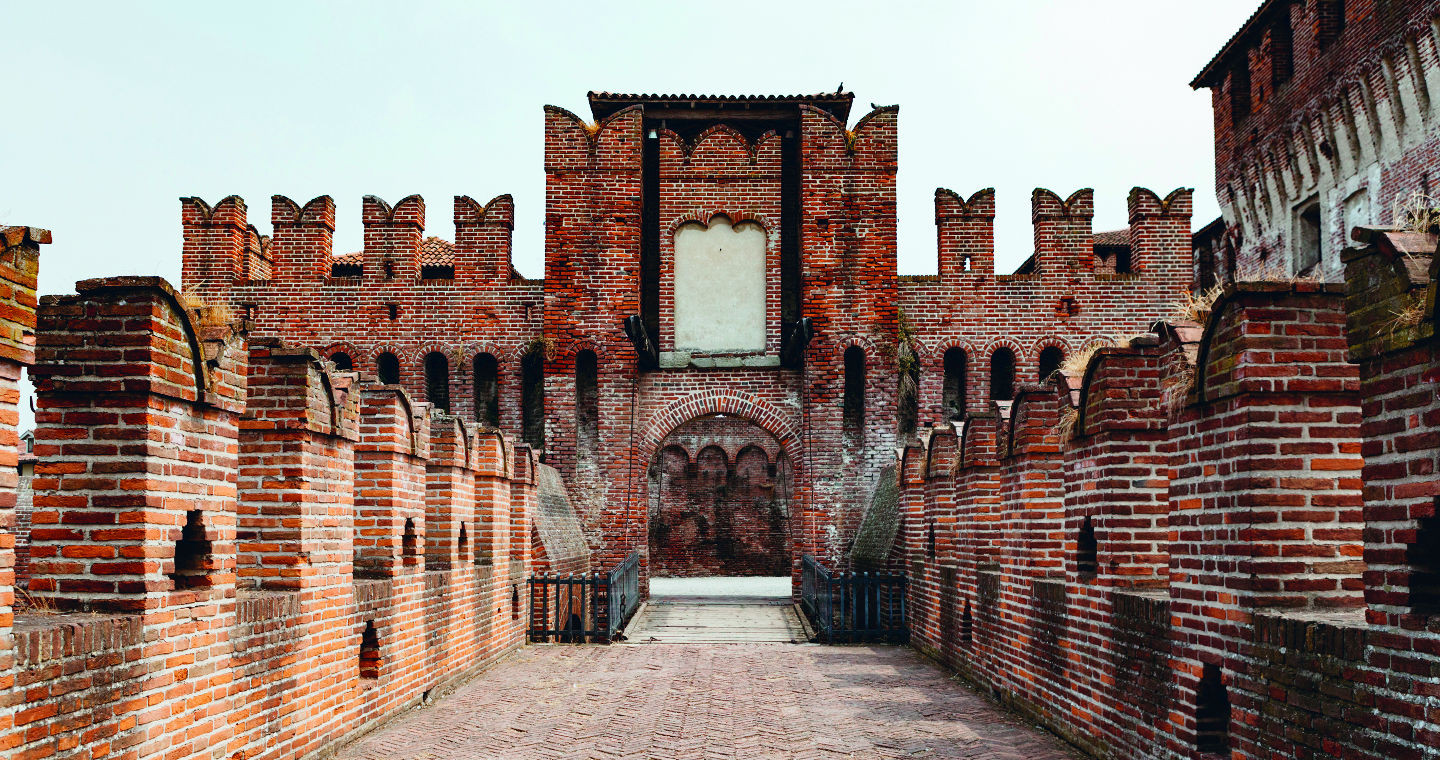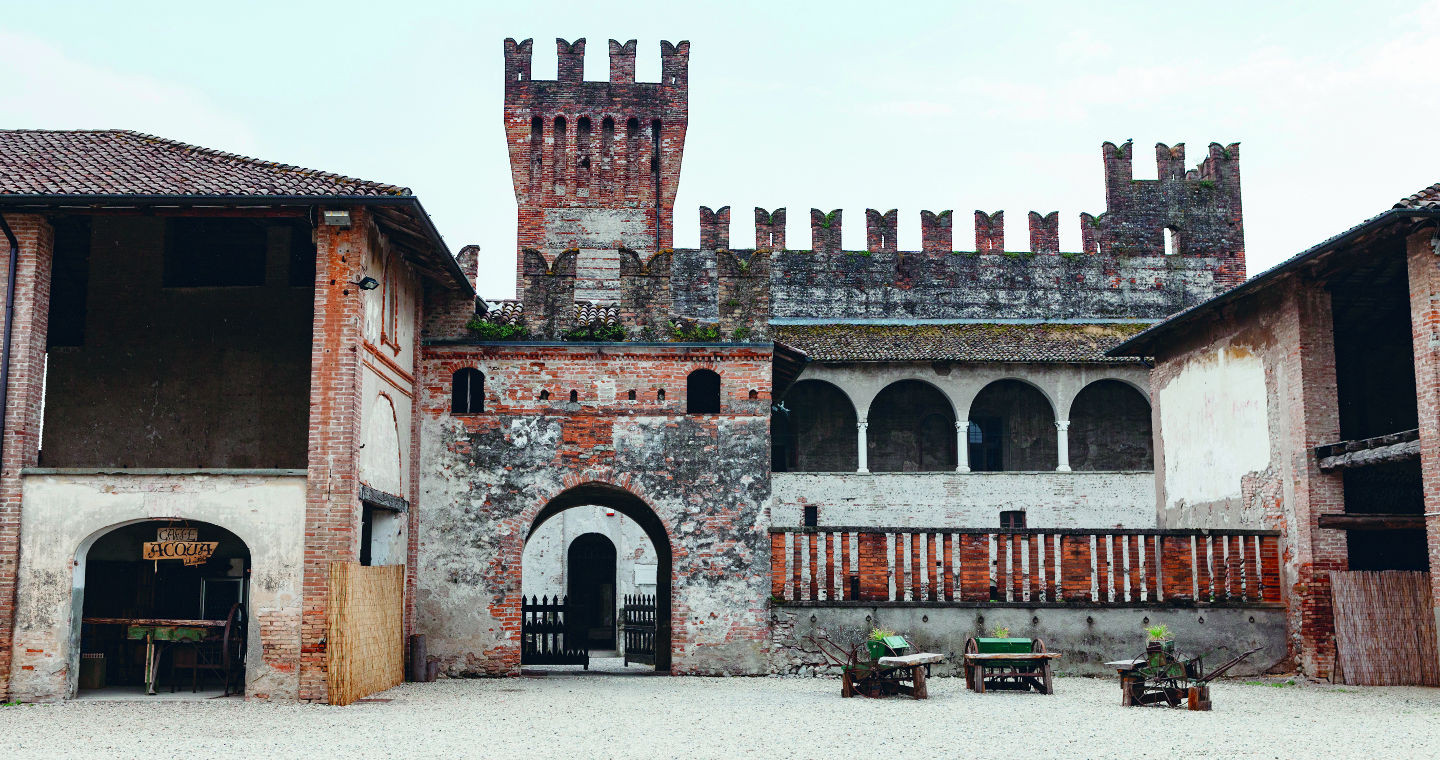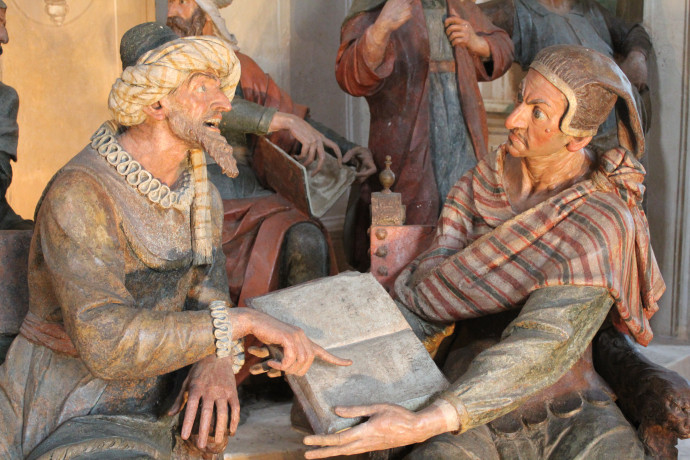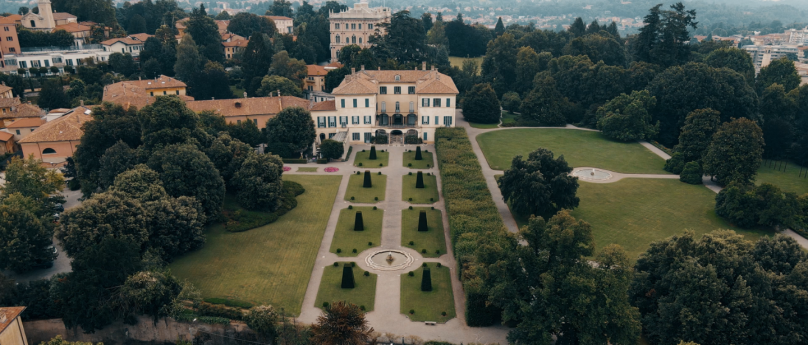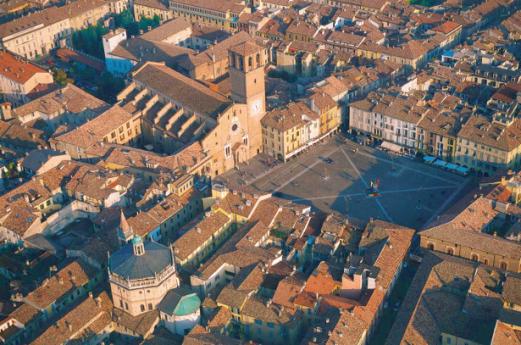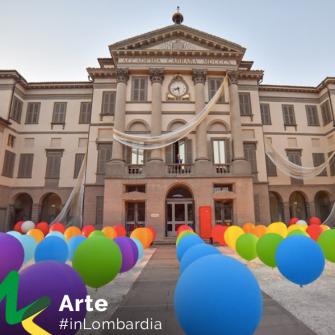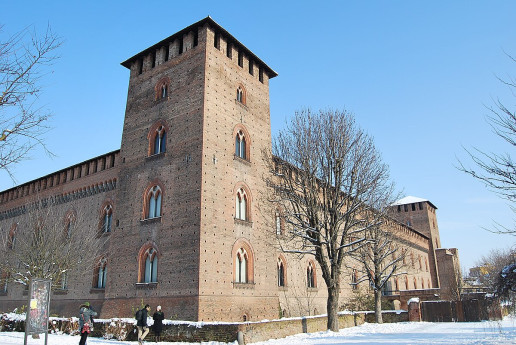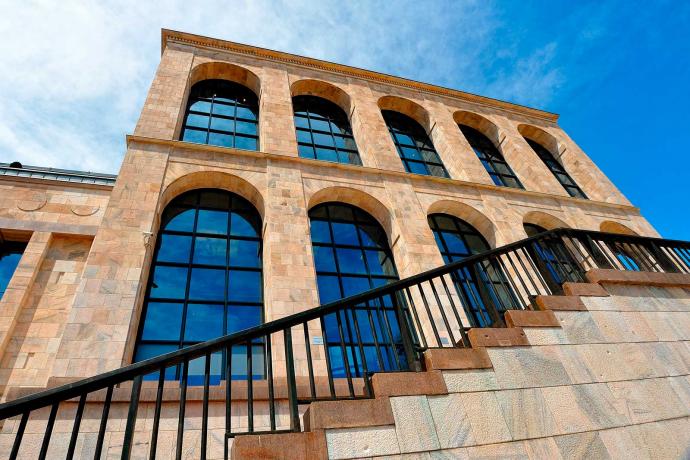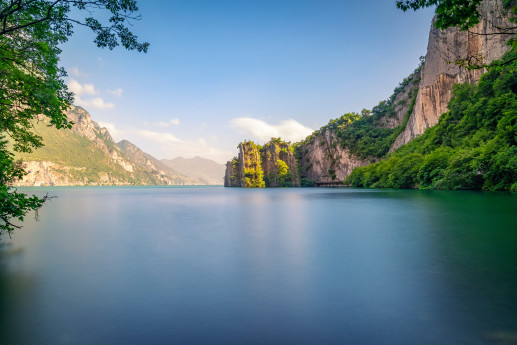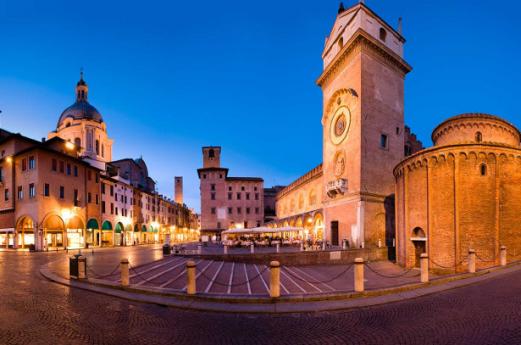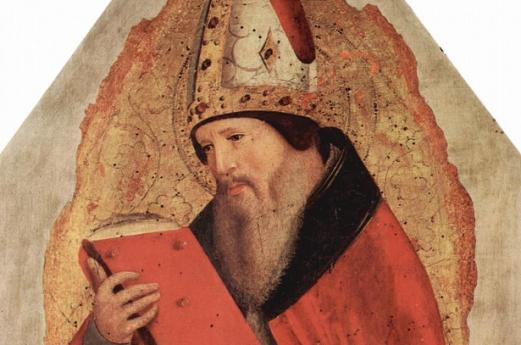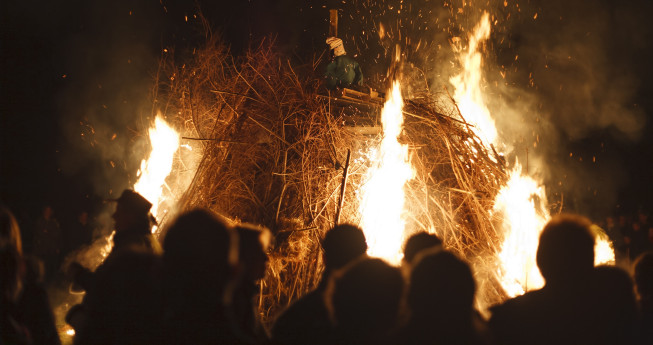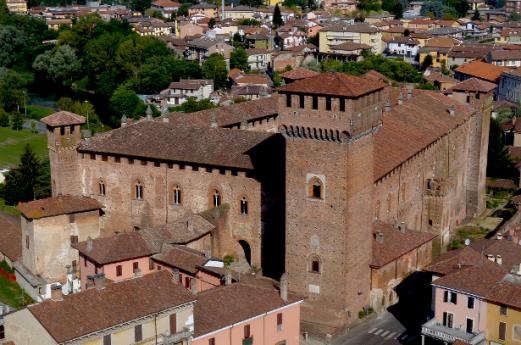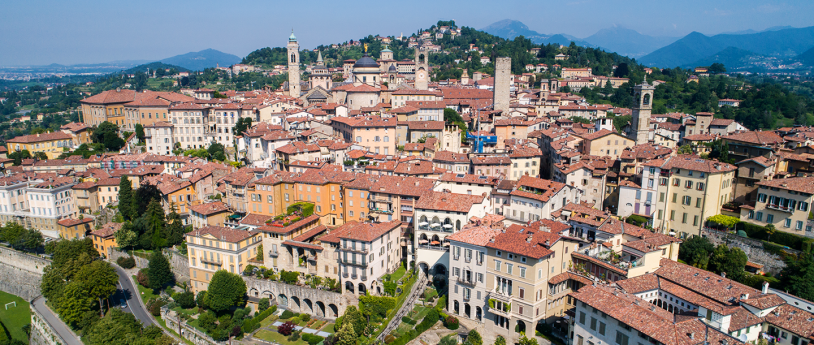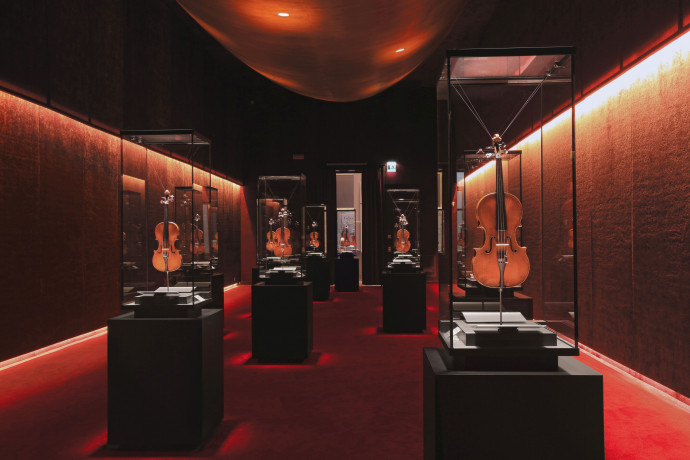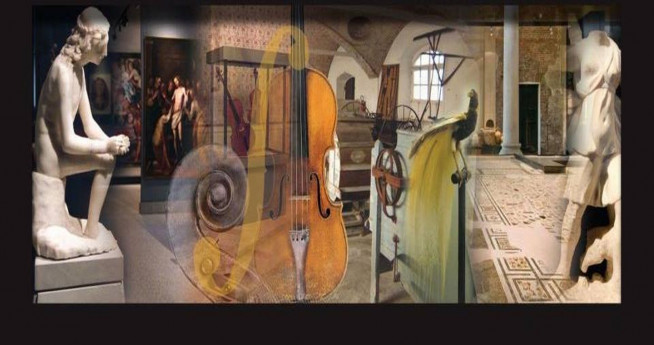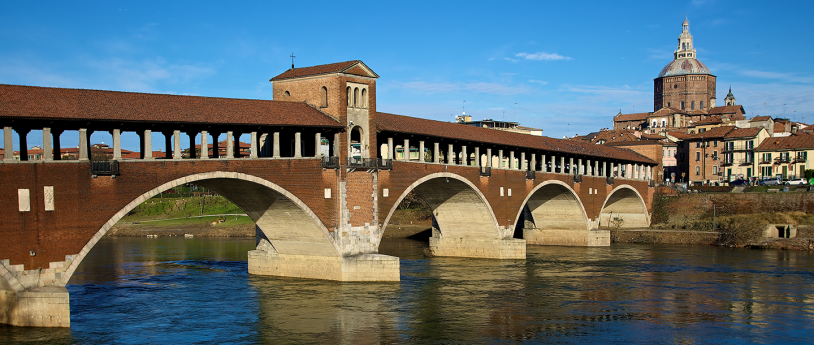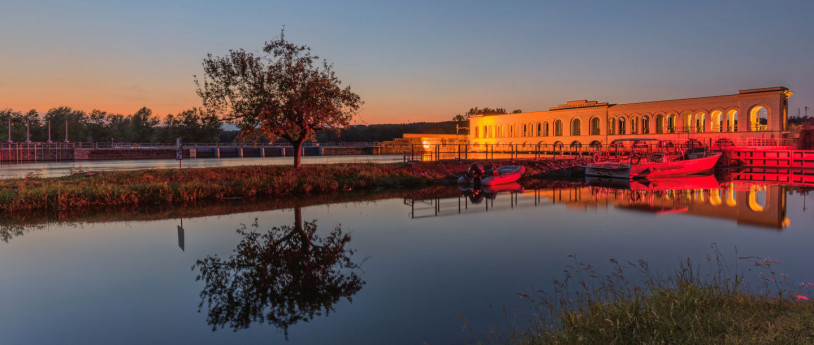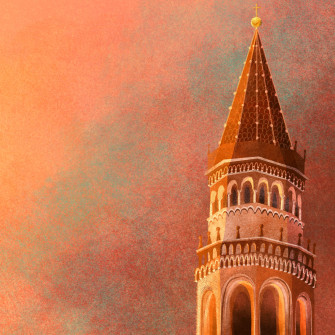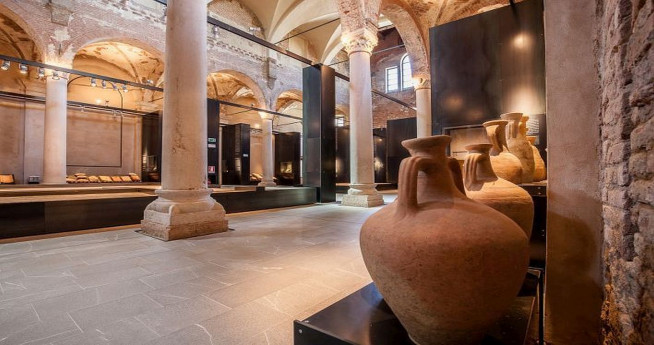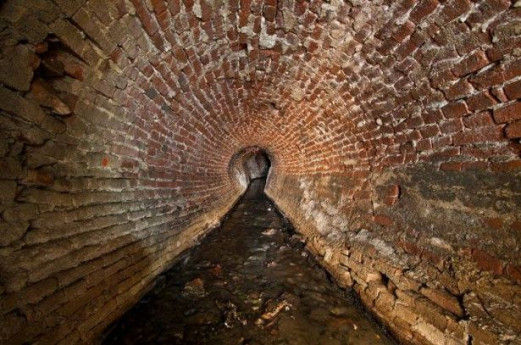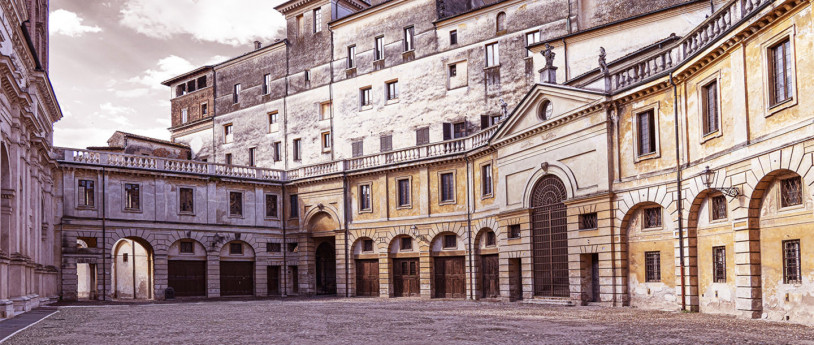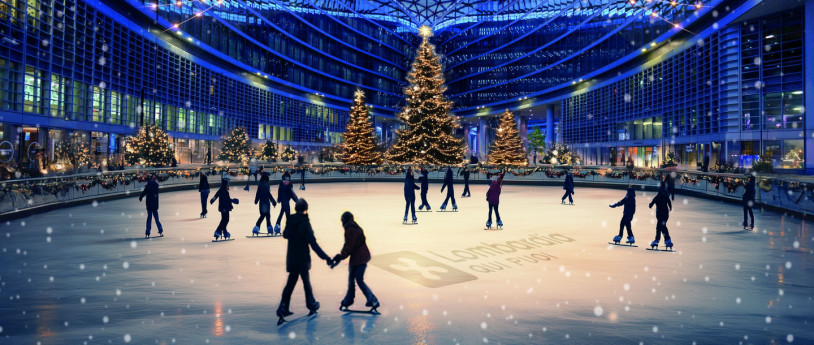- Art & Culture
Seven castles in Lombardy
From Lake Garda to Valtellina by way of Milan. Among crenellated walls, towers and porticoed loggias
Crenellated walls, towers and porticoed loggias. Once they defended us from our enemies. Now they instil wonder. From Lake Garda to Valtellina, by way of Milan, seven castles to carry you back in time.
1. Desenzano, a keep overlooking the lake
This castle gave shelter to those who lived outside its walls in Desenzano on Lake Garda. Its original defensive structure, a set of imposing, fairy-tale crenellated walls and four towers, is still standing. This offers a rare opportunity to stroll around the top like the Night Watch. If the day is clear and fine, climb up to see the keep, the lighthouse on the pier and the lake framed by mountains. A unique spectacle.
2. In Milan with Gian Galeazzo Visconti
Eighteen themed expeditions, summer concerts and a long history Castello Sforzesco, symbol of the ferment that was Renaissance Milan, was founded in 1368, just outside the mediaeval walls, at the behest of Gian Galeazzo Visconti. With the Torre del Filarete, rebuilt in 1905, Piazza delle Armi with its vast lawn and the Cortile della Rocchetta, it has survived the centuries. Nowadays it is a cornucopia of delights housing the Museum of Musical Instruments, the Applied Art Collection, a Museum of Ancient Art, partly decorated by Leonardo, with a Pinacoteca or picture gallery and Egyptian section. The Sala del Tesoro (Treasure Room) contains frescoes by Bramante. The Sala delle Asse (Room of the Wooden Boards) contains a pergola by Leonardo If you wish to circumnavigate the Castle, bear in mind that each side of the square is 200 metres long. Enjoy the walk.
3. Seeking mullioned windows in Pavia
The piano that Albert Einstein played with his sister during the months he spent at Palazzo Cornazzani, a house that also played host to “Professor” Ugo Foscolo, is perhaps the most unexpected object you’ll come across at Castello Visconteo in Pavia. Built in 1360 by Galeazzo Visconti as home to a sophisticated court, complete with towers, high walls and game reserve, the Castle now contains the Civic Museums. Once you have seen the collections, it is worth going to see the internal loggia and mullioned windows with pointed arches that punctuate the facades. Try to count them. There are more than 100.
4. A balcony overlooking the Valtellina? Welcome to Grumello!
Its very name, “grumo” or rocky outcrop, says it all. Standing on a sheer hill, Castel Grumello in Montagna di Valtellina, Sondrio, is a curious example of a “Gemino” castle consisting of twin buildings connected by a surrounding wall. Very little remains of the 13th-century defensive station. But you can still hike to the top of the hill to look down on the ruins and the Valtellina, which is particularly picturesque at sunset Bene FAI, Castel Grumello is open to the public from February to mid-December.
5. Soncino: a fairy-tale fortress
The sturdy, spectacular, fairy-tale Rocca Sforzesca in Soncino, Cremona is an open book, recounting its metamorphosis from a military 10th-century fiefdom to a noble residence. Its towers, moat, crenellations and access bridge reveal its defensive role, which ended when the Republic of Venice sold it to the Duchy of Milan. The interior contains traces of frescoes commissioned by the Milanese Stampa family. Treasure hunters are still hopeful of finding a Treasure Room in the cylindrical tower.
6. Mantua: a castle worthy of a First Lady
Isabella d’Este no longer lives here. Yet the walls of Castello di San Giorgio remember her as the First Lady of the Renaissance, with good taste and a fine humanist education. She was also a good chess player Isabella inhabited the castle for a long time and her guests included Leonardo, il Perugino, Titian, Raphael and Mantegna. Its most precious gem is the Camera Picta or Bridal Chamber painted by Mantegna in the North East Tower.
7. Malpaga, manor of the daughters
This castle among the fields is almost a village in its own right within Parco del Serio. It lies outside Cavernago in the Bergamo area and was built in the mid-14th century It was transformed into a private residence in1456 by the condottiero or warlord Bartolomeo Colleoni, captain-general of the Venetian Republic. He made it into an impregnable fortress with a heart devoted to good living. As luck would have it, Colleoni was only blessed with daughters: Ursina, Isotta, Caterina, Medea, Dorotina, Riccadonna, Cassandra and Polissena. So the village was passed down to his nephews. (open from March to November).

